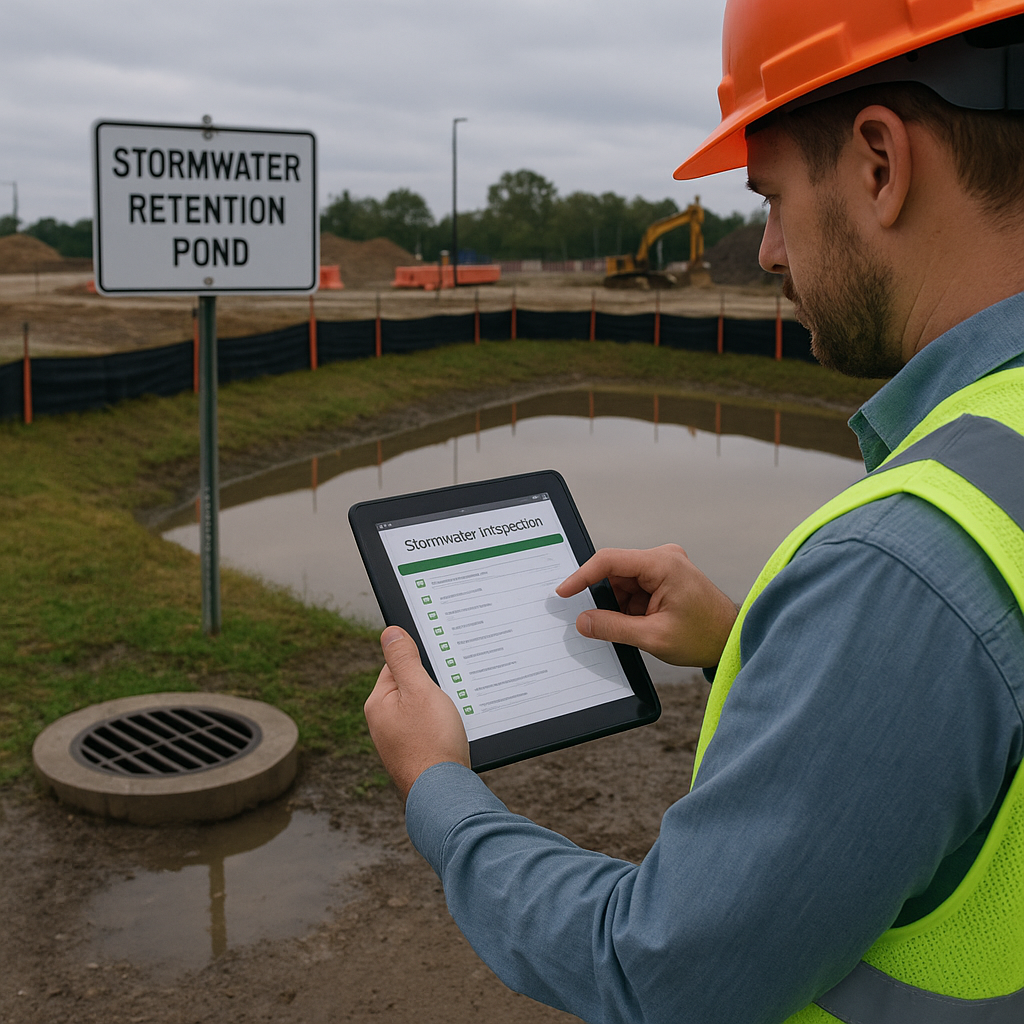Stormwater management is a significant responsibility for both businesses and construction sites. Runoff that is not appropriately controlled can cause flooding, erosion, and pollution. Regulations today make companies stay on top of inspections and maintenance for all stormwater assets.
However, managing these tasks with paper forms and spreadsheets is challenging. That is why more businesses now turn to stormwater inspection software. This simple tool brings everything together in one place. It saves time, cuts down on mistakes, and keeps teams organized. Let’s examine how inspection software effectively helps manage stormwater assets more efficiently.
Table of Contents
Keeping Assets Organized in One System
Most sites have lots of stormwater assets to track. These include drains, retention ponds, silt fences, and other similar features. Trying to keep details in separate binders can get messy fast. Inspection software consolidates all assets into a single digital system. Each asset has its record with photos and notes.
Locations are mapped so crews know where to look. This makes it easy to check when each asset was last inspected. No more hunting through old files to find missing details. Staying organized means nothing falls through the cracks. Teams can spend more time fixing problems instead of chasing paperwork.

Scheduling Inspections Automatically
Routine inspections are required for most stormwater assets. Missed inspections can lead to fines and water pollution. With software, scheduling is simple and automatic. Managers set up reminders for every asset on site. Crews get alerts when inspections are due. This removes the need for sticky notes and spreadsheets.
Inspections happen on time, every time. If weather delays an inspection, rescheduling is quick and easy. Keeping up with a schedule helps sites stay compliant. It also keeps assets functioning as they should. Good scheduling means fewer emergencies in the future.
Faster and Smarter Inspections
Walking around a site with clipboards and paper forms is tedious and time-consuming. Additionally, paper becomes wet and damaged when exposed outdoors. Inspection software makes fieldwork faster and easier.
Inspectors use tablets or smartphones to complete checklists. They take photos on the spot and add notes. GPS marks the exact location of each issue. Once done, the report updates instantly in the system. No more copying notes later at the office. Faster inspections mean problems are fixed more quickly. This saves money and prevents bigger damage.
Tracking Repairs and Maintenance
Inspections often uncover repairs that need attention. Without a sound system, these repairs get forgotten. Software tracks every maintenance task linked to each asset. Crews see what needs fixing and who is responsible.
Managers can check progress without endless phone calls. Photos prove when work is done right. This level of tracking keeps minor issues from turning into costly ones. Having a clear record also helps during audits. Staying on top of repairs protects the whole site and the environment.
Improving Communication Across Teams
Good stormwater management depends on teamwork. Inspection software keeps everyone connected easily. Field crews can share updates with managers in real time. Contractors and subcontractors can see what needs to be done.
Automatic alerts tell people when new issues pop up. This stops things from being missed or repeated. Clear communication cuts down on confusion and delays. Everyone knows what is happening at each step. Better teamwork means fewer surprises when inspectors visit. Strong communication keeps projects running smoothly.
Stormwater assets need regular care to keep sites safe and compliant. Paper systems often make this more complicated than it should be. Stormwater inspection software brings all tasks and data together in one place. In the long run, it saves time, money, and protects the environment. For any business managing stormwater, going digital is a smart move forward.


